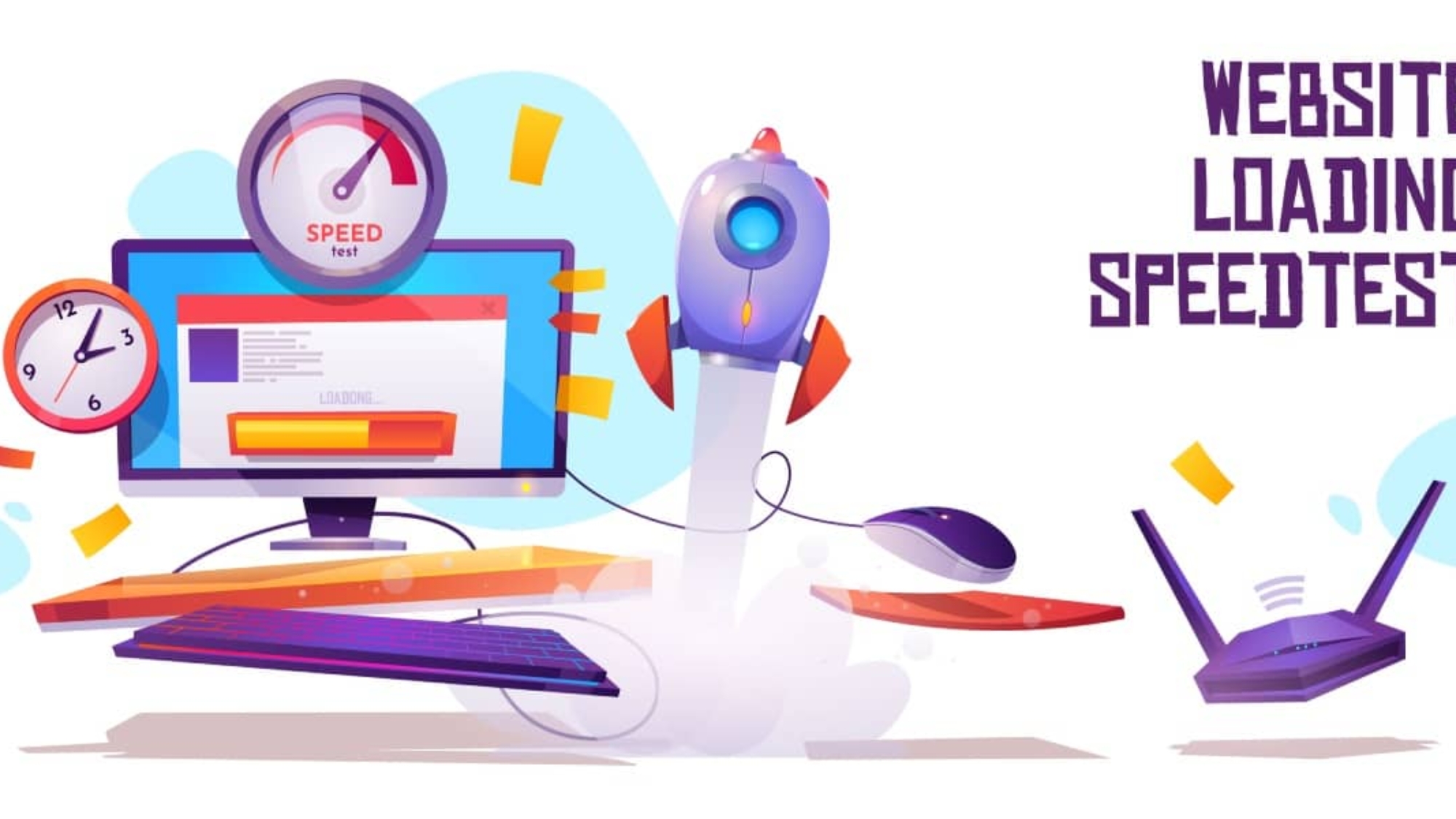In the digital age, a swift and high-performing website is crucial for retaining visitors and ensuring a positive user experience. WordPress, one of the most popular content management systems, offers incredible flexibility, but it’s essential to optimize its speed and performance. To help you achieve a faster and more efficient WordPress site, here are practical tips and strategies to implement:
1. Choose a Reliable Hosting Provider
The foundation of a fast website begins with your hosting provider. Opt for a reputable and reliable hosting service that aligns with your site's needs. Look for providers that offer optimized WordPress hosting or those with solid state drives (SSD) and robust infrastructure.
2. Select a Lightweight and Optimized Theme
A well-designed and lightweight theme is crucial for fast loading times. Choose a responsive theme that is optimized for speed. Avoid themes packed with excessive features and elements that can slow down your site.
3. Utilize Caching Plugins
Implement caching plugins to serve static versions of your website to visitors, reducing server load and enhancing speed. Popular plugins like W3 Total Cache or WP Super Cache can significantly improve load times.
4. Optimize Image Sizes
Large image files can significantly slow down a website. Compress images without compromising quality using tools like Smush or EWWW Image Optimizer. Additionally, utilize the "lazy loading" technique to defer off-screen images, loading them only when a user scrolls down.
5. Minimize HTTP Requests
Reduce the number of HTTP requests by combining CSS and JavaScript files. Use plugins like Autoptimize to bundle and minify these files, thereby decreasing the time it takes for a browser to fetch resources.
6. Enable GZIP Compression
GZIP compression decreases the size of files transferred between your server and users' browsers, reducing loading times. Most hosting providers offer GZIP compression, or you can implement it through plugins like GZip Ninja Speed Compression.
7. Optimize Database Performance
Regularly clean up your WordPress database by removing unnecessary data, such as spam comments, post revisions, and transient options. Use plugins like WP-Optimize or WP-Sweep to streamline your database.
8. Implement Content Delivery Network (CDN)
Utilize a Content Delivery Network (CDN) to distribute your website's static content across multiple servers globally. This reduces latency and improves load times, especially for users accessing your site from different geographical locations.
9. Monitor Performance Regularly
Keep a close eye on your website’s performance using tools like Google PageSpeed Insights, GTmetrix, or Pingdom. These tools can provide insights into areas for improvement and help you track the impact of the implemented changes.
10. Keep WordPress and Plugins Updated
Regularly update your WordPress core, themes, and plugins. New updates often contain performance enhancements, security patches, and bug fixes that can positively impact your site’s speed and execution.
By implementing these tips, you can significantly enhance the speed and overall performance of your WordPress site. Remember, optimizing website speed is an ongoing process that requires periodic maintenance and updates. With a faster and more efficient website, you’ll not only provide a better user experience but also improve your site’s search engine rankings, ultimately leading to increased traffic and engagement.
